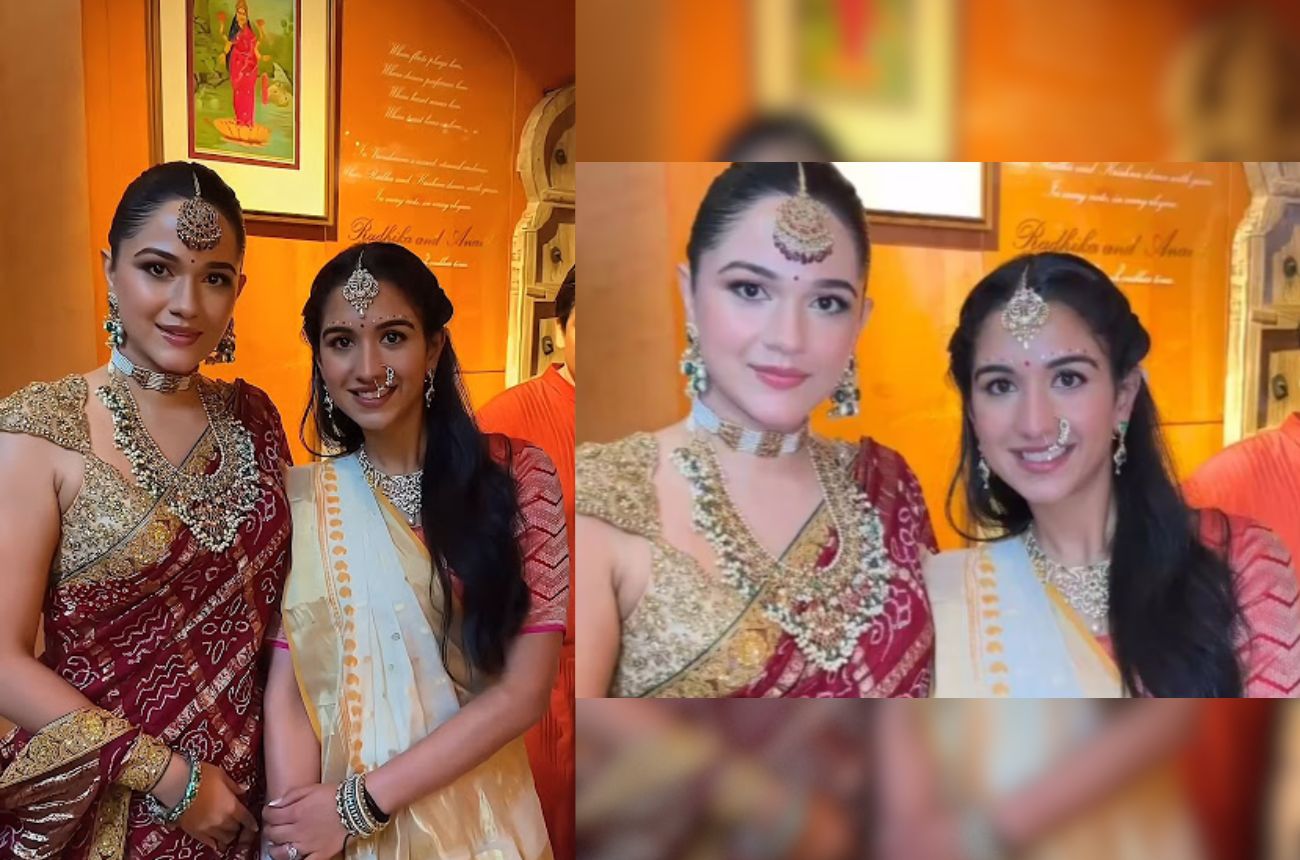Many people are fascinated by the topic of the Islamic dress code. A fundamental concept in this religion is modesty’’ which is of great importance. This topic seeks to delve into various dimensions touching on modesty under Islam, such as hijabs, the covering up of secret parts, and specifics of dressing for girls as outlined in the Quran and Hadith.’’
Understanding Hijab
confirming the information above, the niqab, now that several people think it to be the hijab, during our discussion is the garment worn by women in Islamic countries.ية The head wrap is one of the signs that are more visible. Besides, the headscarf is just a specific type of hijab.
Does the Hijab Need to Cover the Chest?
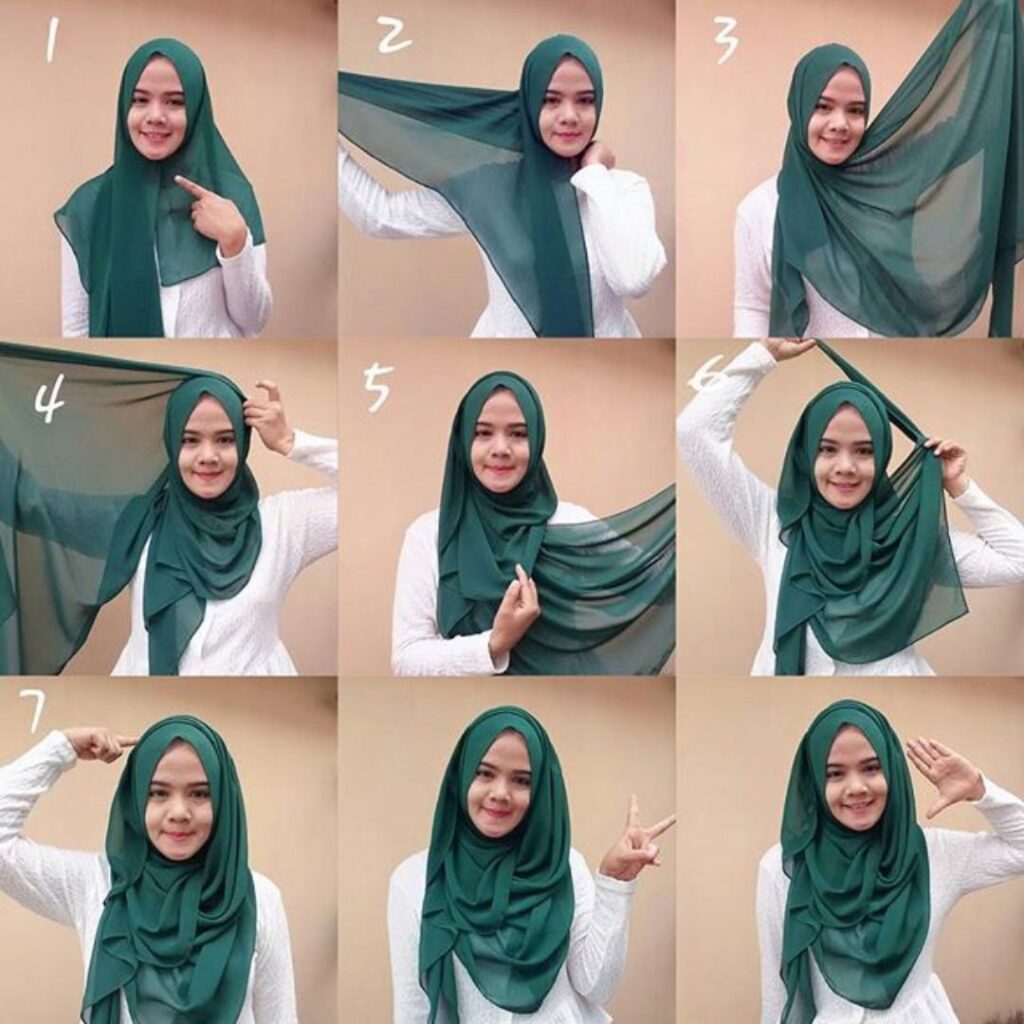
Quranic Verses Related to Hijab and Modesty
The Quran guides us about the manner of dressing or modesty in several verses that focus on women’s dresses among others. One of the verses is found in Surah An-Nur (24:31)in which believers are guided to let down their jalabib over their jujube. It therefore means that concealing the chest is one of many aspects of hijab.
Interpretations by Islamic Scholars
Various interpretations of this verse have been made by Islamic scholars. According to the majority opinion, the head, neck and chest should be covered by the hijab in such a way that their outlines or shapes should not be noticeable. What this interpretation does is to bring out the issue about being modest without wearing anything that obviously draws people’s eyes to it.
Practical Considerations for Muslim Women
When it comes to actually putting it into practice, a lot of Muslim women usually decide to put on hijabs which cover up their heads and stretch down to their chests. This decision takes into consideration rules promoted by their religion and individual beliefs in maintaining a humble life. This may have differing styles and degrees of coverage depending on cultural values as well as personal tastes.
What Does the Quran Say About Private Parts?
Quranic Guidance on Covering Private Parts
Modesty in Islam is within the instruction of the book Al-Qur’an, which requires Muslims to adequately tattoo or surgically repair undesired parts or cover them with dressings. Surah An-Nur (24:30-31) stresses the need for both men and women to keep off their eyes from lust as well as refrain from indecent behaviour because all these actions describe a lack of modesty according to Islamic teachings.
Hadiths and Their Role in Interpretation
There was a further elucidation of the principles laid down in the Quran by prophet Muhamad’s saying and actions (pbuh) which is known as hadiths also known as sunnah. They provide practical examples of how to observe modesty, including specific guidelines on covering private parts
Cultural and Social Implications
Many Muslim communities observe the social norm together with a religious obligation to wear clothes that cover private parts. This is a broader reflection of modesty and respect among persons together.
Are Thighs Awrah?
Definition of Awrah in Islam
Awrah refers to the private parts of the body which need to be covered in public. For women, it usually comprises everything except the face, hands, and in some opinions, feet. Commonly, for men, it is restricted to the area between the navel and the knees.
Scholarly Opinions on the Thighs
Scholars disagree on whether the thigh is awrah for a man while most agree it is and they should therefore cover their thighs in public. On the other hand, the thigh is awrah for a woman.
Contextual Factors Affecting These Views
Context is essential for understanding. Everyday life is affected by the influence of cultural norms, regional practices, and personal beliefs on the application of these principles or concepts.
What Does the Quran Say About Girls’ Clothing?
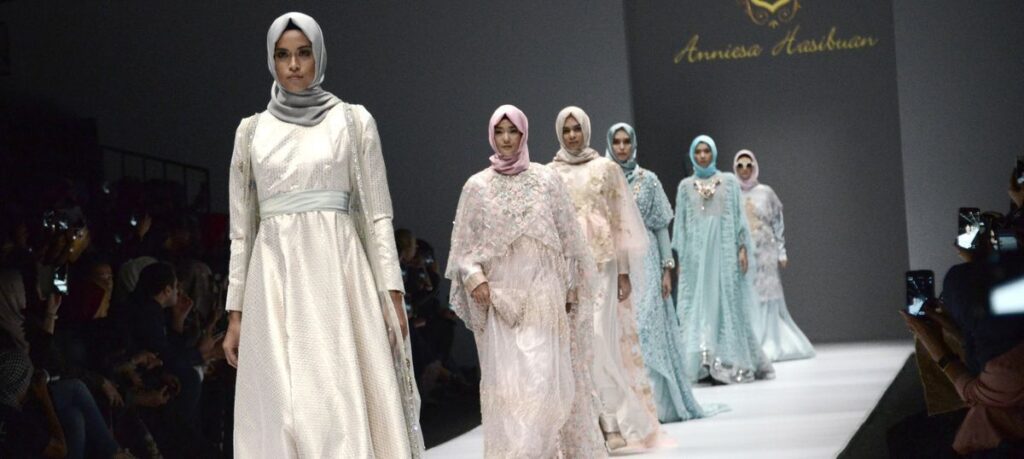
Verses Addressing Women’s Attire
Women are instructed to dress modestly by the Quran specifically. When they leave the house, they are to drape their outer garments over themselves so that they may be recognized and not molested as chaste women (Surah Al-Ahzab 33:59).
Age Considerations in Dressing Modestly
Although all women must observe modesty principles, age-specific considerations also come in. Young females unlike adults are not expected to cover their bodies but on the contrary dress decently as it helps them grow with modesty and respect towards themselves.
Parental and Community Roles
Parents and the community have a big role they have to play when it comes to moderating how girls dress. This is because it is more than just about buying them clothes but also teaching the girls why Islam values modesty.
Modesty Beyond Clothing
Behavioural Aspects of Modesty
In Islam, modesty goes beyond just attire to embrace how people behave in general which covers what they say or do when interacting with other humans and it is thought that acting modestly reflects a person’s true nature or level of religious commitment.
Spiritual Significance of Modesty in Islam
It is not a body requirement only but also a spiritual one with modesty being an expression of humbleness, self-esteem, and piety directed towards God. Through modesty, Muslims show their observance of the Islamic canons as well as the intention of maintaining upright living.
Cultural Variations in Modesty
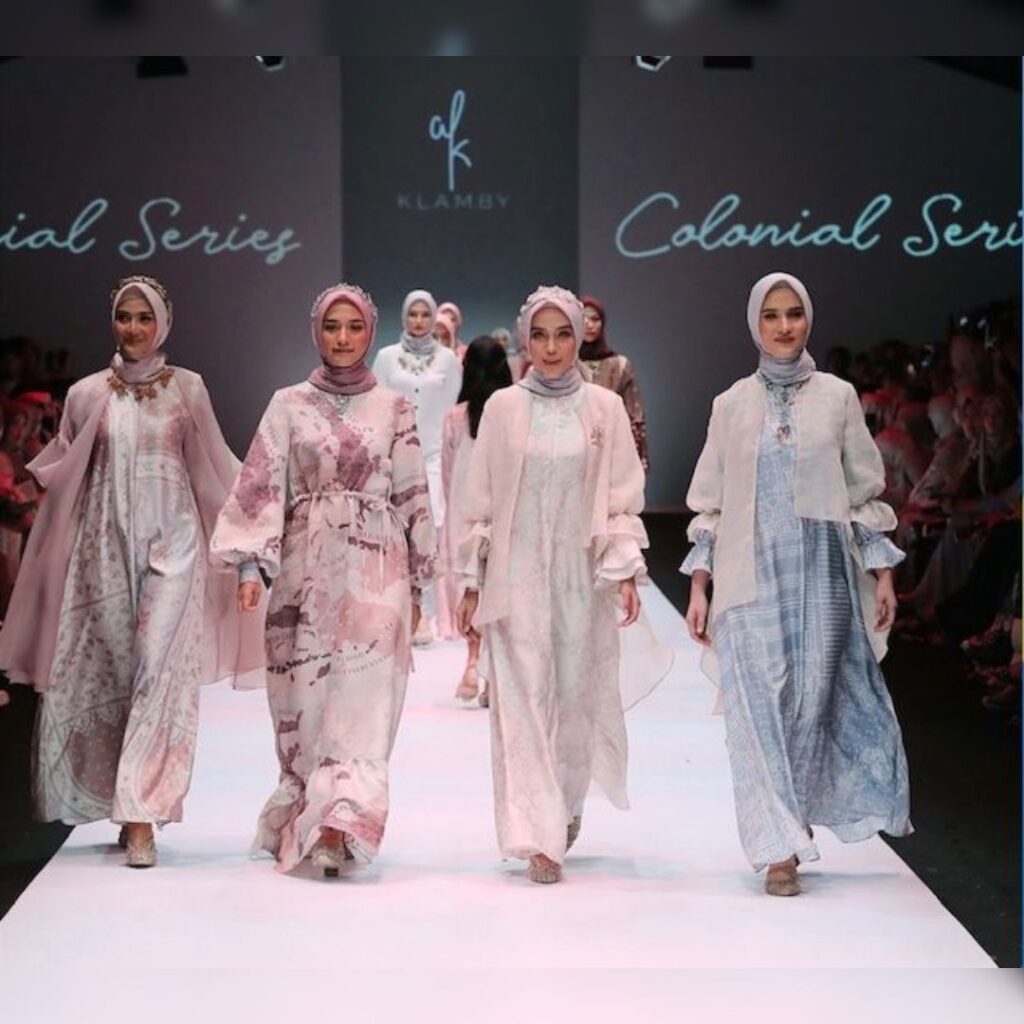
Differences Across Islamic Cultures
There is a rich diversity in how modesty is practised by Islamic cultures worldwide. The particular styles of dress and behavioural norms are influenced by cultural variations despite the fact that core principles are maintained.
Impact of Regional Customs on Dress
The manner in which modesty is practised is usually influenced by regional customs and traditions. Despite being different, a Muslim woman’s traditional wear in Saudi Arabia varies greatly from that found in Indonesia. Despite this difference, both have the common modesty underlying principle.
Modern Interpretations and Challenges
Contemporary Issues and Debates
Muslim women in today’s world must find a balance between their modesty and up-to-date fashions. Discussion concerning the hijab is popular as is the necessity and significance of the headscarf reflecting the changing times that govern the interpretation of religious guidelines in our society today.
Balancing Tradition and Modernity
In the often fraught world that Muslim women have to navigate, it is precisely this complicated balancing act which requires a lot of thoughtfulness because at times you need to come up with something innovative so as to practise your faith and blend into the world of today.
Practical Tips for Observing Modesty
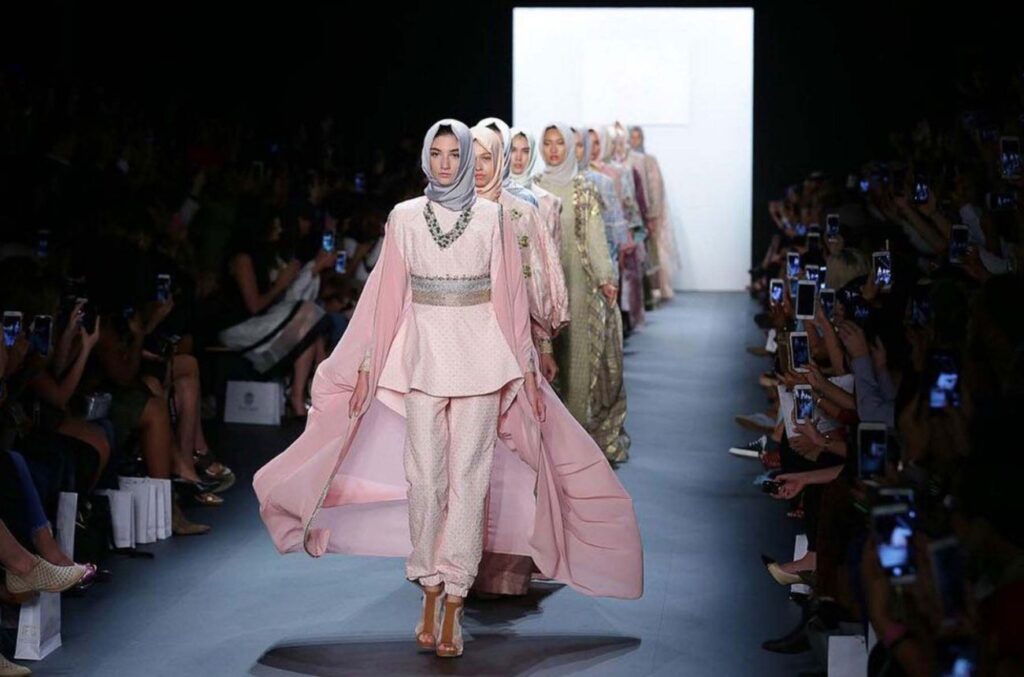
Advice for Young Muslim Women
Observing modesty, especially by young Muslim women can be tedious and may involve personal and social questions such as a style of dressing that is fashionable while still decent, cultural reality, and consultancy from relatives and elders that are experienced in the community.
Navigating Modesty in Diverse Settings
In various situations, for example in multicultural societies or work situations, it may be difficult for someone to keep humble which can be hard. Keeping humble can be hard when you are working (alone) amongst different types of races (or cultures). Ways to achieve modesty involve choosing general outfits, carrying oneself with confidence, as well as teaching other people politely regarding what being modest in Islam means.
Common Misconceptions
Addressing Myths About Hijab and Modesty
There are many myths concerning hijab and modesty that need to be dealt with. One of them is that it oppresses Muslim women, but as a matter of fact, a lot of these women see it as a potential source of redefining themselves.
Clarifying Misunderstandings
In Islam, modesty does not only revolve around dressing. It’s an all-inclusive approach that encompasses how individuals behave, and talk to others among other characteristics that show people’s religious allegiance or what they value.
Personal Stories
Testimonials from Muslim Women
Personal anecdotes from Muslim women offer an array of experiences and opinions about what it means to be modest; they show how diverse this concept can be. Thanks to these narratives we can better understand the challenges and rewards that come with wearing hijab and being modest.
Experiences of Maintaining Modesty
Maintaining modesty is something that many Muslim women talk about across different situations, be it at home where they live or work and study as well, these women all over the world are in similar settings. Everyday living examples show how Islam is put into practice through their experiences as well as from others’ observations such as parents’ advice which often makes sense on certain grounds.
Role of Community and Family

Support Systems in Observing Modesty
It is important that members get support from family and community as they maintain moderation. Taking various forms, such backing is available through educating, socialising and engaging in communal activities that promote humility.
Educational Initiatives
Adults can improve their individuality through modesty workshops or seminars, which are better when taught outside formal learning environments. Programs on modesty usually entail meditation on the various dimensions of modesty including its social, cultural, and religious aspects.
What is the purpose of the hijab?
A hijab is worn as conduct that symbolises modesty, moral decency, and privacy. It is an expression by Muslim women of devotion as well as compliance with Islamic teaching.
Is wearing the hijab mandatory in Islam?
Notwithstanding numerous Islamic scholars insisting that believers must wear the hijab, differences in interpretations and actual practice abound. Rather, some Muslims argue that the hijab depends entirely on personal beliefs as well as the cultural background of each person.
How can Muslim women balance modesty and fashion?
Typical Muslim femininity encompassing both decency and modality can be established by choosing Islamic-compliant clothes that correspond with their chosen patterns. Modern fashion companies now provide chic, decent choices for ladies who are modest in their dressing.
What should men wear to be modest?
In order to maintain good behaviour men are also called upon to ensure they are dressed decently covering up to the knees from naval and shunning tight or transparent attire just like women do. Behaving modestly requires the same things as guys as well as how they interact with other people.
How can non-Muslims support Muslim women’s choice to wear hijab?
The choice allows Muslims to respect non-Muslim’s decision to wear hijab, question stereotypes, and he Islamic sense of modesty is broader than dress; it also includes conduct and inner purity. It is these principles from the Quran and Hadith that guide Muslims to be true to themselves. Embracing this belief helps in building a society that is considerate and accommodating. enhances an inclusive environment that values differences.
The Islamic sense of modesty is broader than dress; it also includes conduct and inner purity. It is these principles from the Quran and Hadith that guide Muslims be true to themselves. Embracing this belief helps in building a society that is considerate and accommodating.




